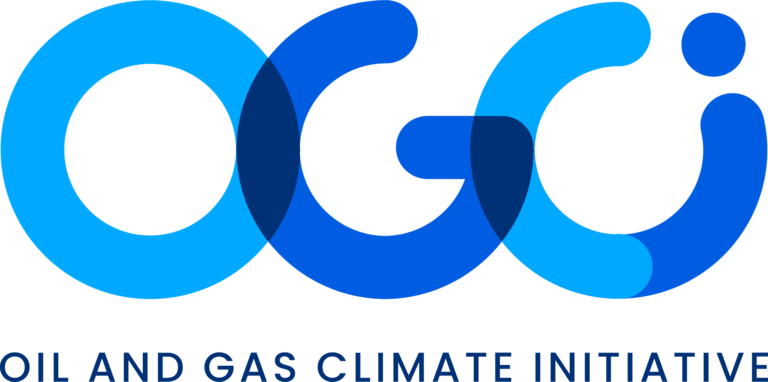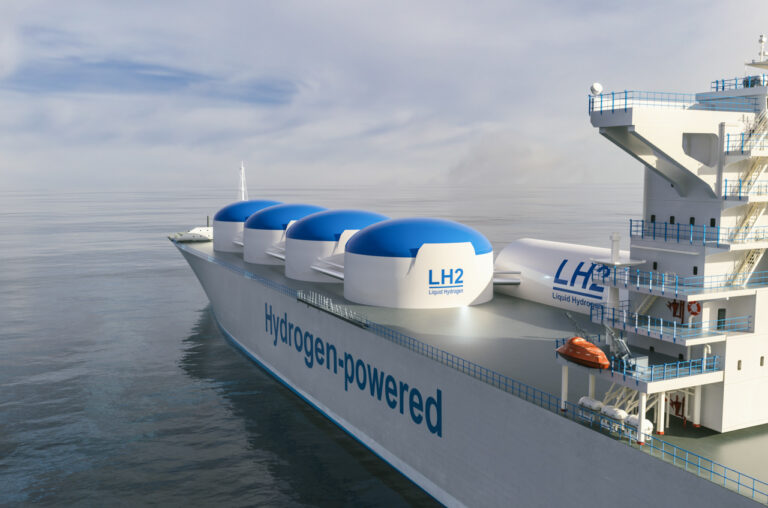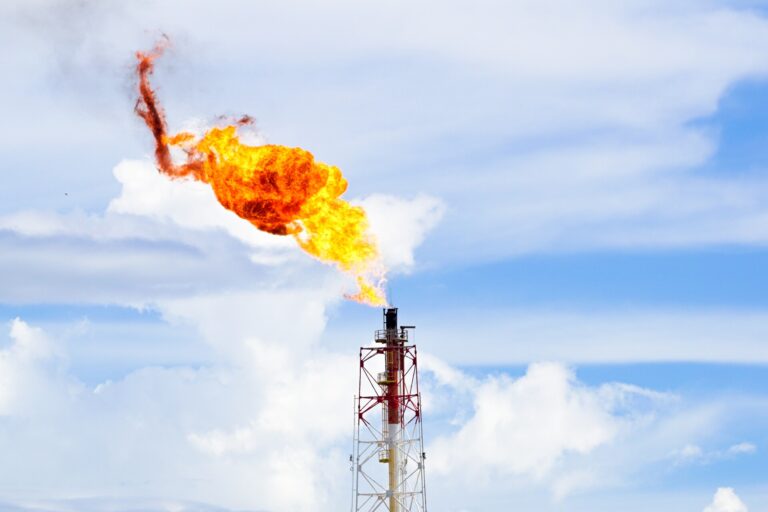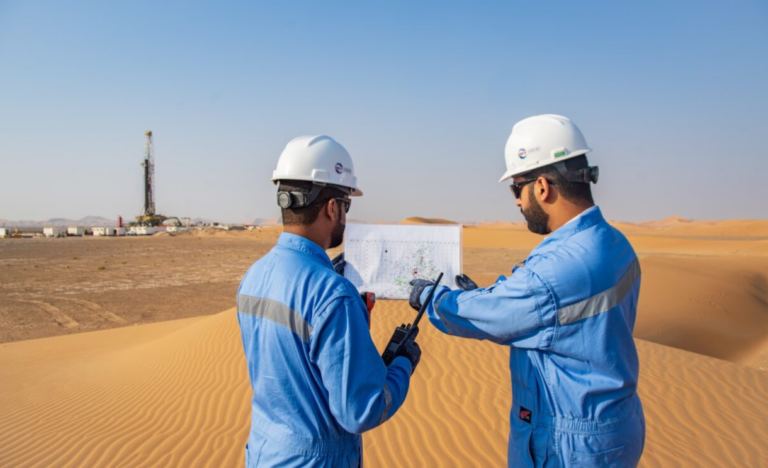Global satellite detection and notification system. IMEO is assembling a public database of empirically verified methane emissions data and connecting it to the individuals who can act to reduce emissions. The data is derived from satellites and global scientific measurement campaigns, and in the future will draw from emissions reported by companies under the Oil and Gas Methane Partnership 2.0’s (OGMP 2.0) highest quality level of reporting.
IMEO methane data
The UN Environment Programme’s International Methane Emissions Observatory (IMEO)’s Eye on Methane data platform delivers open, reliable and actionable global methane emissions data from satellites, companies and methane science studies—all in one user-friendly interface.
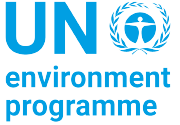
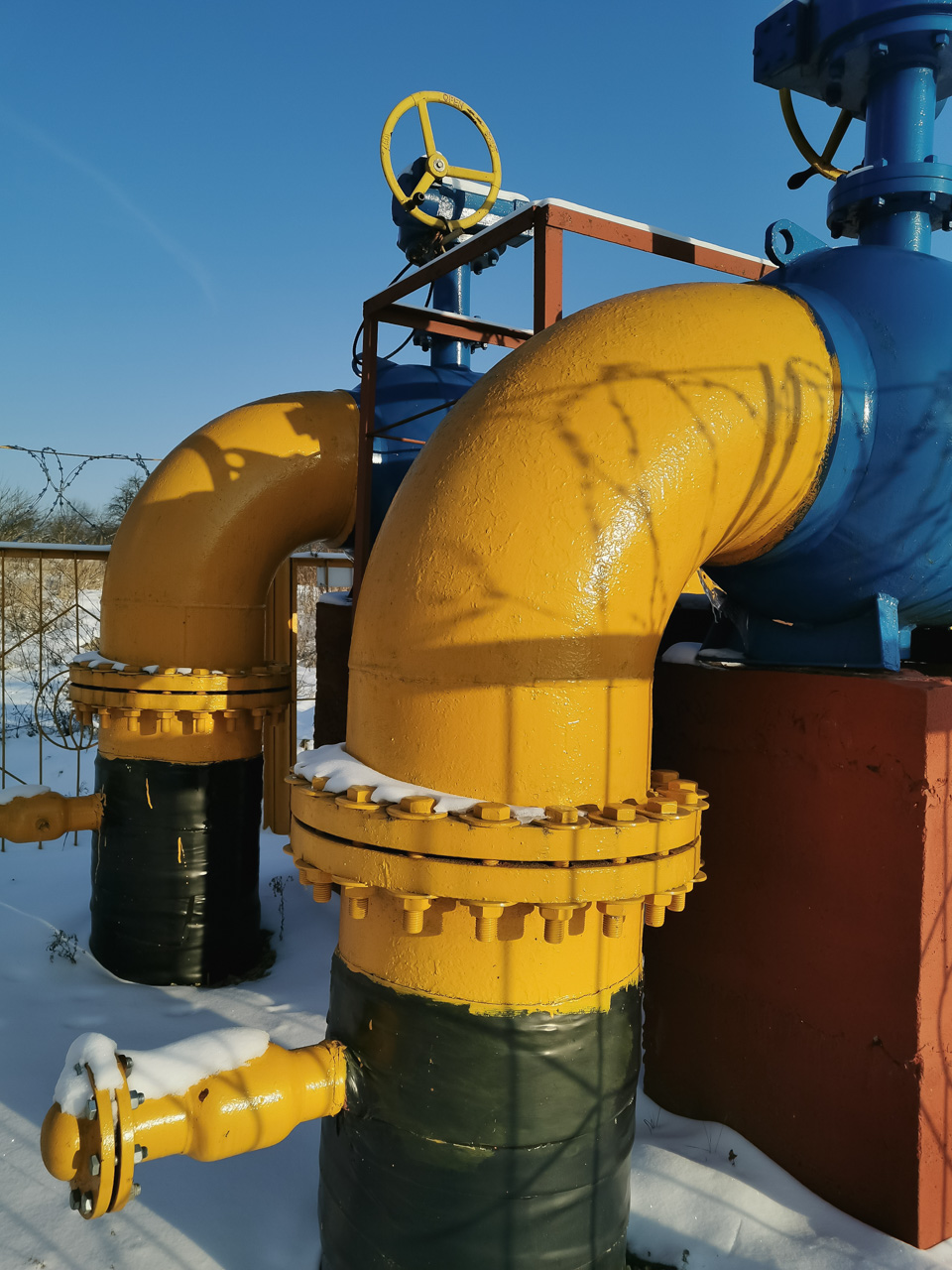
OGCI and its member companies do not assume any responsibility for the accuracy or reliability of any information offered by third-party websites linked though this site. The views expressed in the external content do not necessarily reflect those of OGCI or its member companies. See our Terms of Use.
Region
Global
Published
2024
Resource Type
Data
Category
Methane abatement strategies
More info
Sub-Category
Measurement informed strategies
Segment
N/A
Equipment
N/A
Related resources
This resource outlines the work and research conducted by EQT’s Production and Environmental teams to target low-cost opportunities for abating methane emissions from natural gas-driven
MiQ has developed and launched the Gas Buyers Methane Emissions Calculator, a tool designed to help natural gas buyers assess the potential methane emissions reductions
The article from the Harvard Environmental & Energy Law Program examines the risks associated with using the Congressional Review Act (CRA) to reinstate EPA methane
Recently visited resources
The IEA’s gas flaring page reviews global flaring trends, environmental impacts, and reduction strategies. It discusses flaring’s role in greenhouse gas emissions and offers links
Brochure created by GasNaturally discussing methane emissions in Europe. It highlights the environmental impact of methane, O&G sources, and emission reduction strategies. The document also
This book highlights the business case for reducing gas flaring and methane emissions (FMR), offering a framework for policymakers to evaluate FMR project feasibility and
